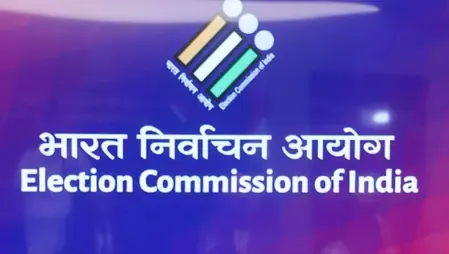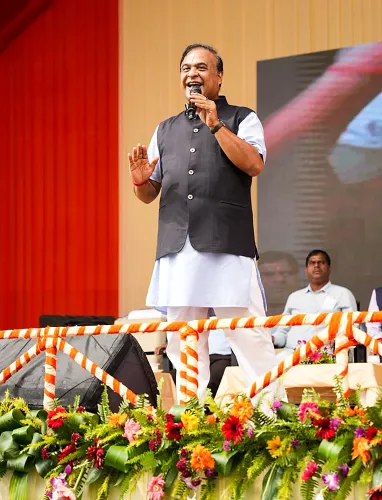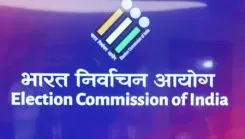Have Forest Rights Expanded? Over 25 Lakh Titles Recognized Across 20 States and One UT

Synopsis
Key Takeaways
- Over 25 lakh forest rights titles recognized across India.
- Implementation of the Forest Rights Act is crucial for tribal empowerment.
- States are responsible for on-ground execution and monitoring.
- The MGNREGS guarantees 100 days of employment to rural households.
- Tribal representation in government jobs is steadily increasing.
New Delhi, July 24 (NationPress) India’s unwavering dedication to protecting the land and resource rights of its tribal and forest-dwelling communities remains evident through the execution of the Forest Rights Act (FRA), 2006.
Union Tribal Affairs Minister Jual Oram recently highlighted the significance of these initiatives during a session in the Lok Sabha, detailing the reach and effects of the FRA in India’s tribal regions.
He confirmed that this legislation is in action across 20 states and one Union Territory, enabling the formal acknowledgment of both individual and community claims over forest lands that have been traditionally inhabited and cultivated by forest dwellers.
The Ministry of Tribal Affairs plays a crucial role in overseeing the legislative process while providing ongoing support to state-level initiatives as per Section 12 of the Act.
States and Union Territories are charged with the actual on-ground implementation, with progress monitored through monthly reports submitted to the Centre.
As of May 31, 2025, over 25.11 lakh forest rights titles have been issued—comprising 23.89 lakh individual titles and 1.21 lakh community titles—encompassing more than 2.32 crore acres.
These numbers reflect a sustained commitment to engaging with vulnerable communities and integrating constitutional protections through administrative practices.
The Ministry also keeps track of the Tribal Sub-Plan (TSP) allocations and spending via a dedicated portal, ensuring adherence to guidelines set by the Planning Commission in 2014.
Additionally, the Ministry of Rural Development has reiterated its pledge to the Mahatma Gandhi National Rural Employment Guarantee Scheme (MGNREGS), which provides 100 days of guaranteed wage employment yearly to rural households.
Importantly, Scheduled Tribe (ST) households in forest regions are entitled to an extra 50 days of employment, with additional provisions for drought-stricken areas.
States have the option to extend employment periods beyond the mandated limit using their funds.
On the representation front, the Department of Personnel and Training (DoPT) noted that since 2016, over 4.65 lakh backlog vacancies have been filled, including more than 1.15 lakh ST positions.
As of January 1, 2025, STs account for 8.8 percent of the total workforce within Central Government Ministries and Departments.
DoPT has instructed all departments to set up Special Reservation Cells and appoint Liaison Officers to ensure adherence to reservation policies.
Furthermore, the Department of Public Enterprises revealed that according to the Public Enterprises Survey 2023–24, Scheduled Tribes represent 10.85 percent of the workforce in operational Central Public Sector Enterprises, with 88,000 ST employees out of a total of 8.12 lakh.
This statement emphasizes the government’s comprehensive strategy for tribal welfare, blending legislative enforcement, employment support, and institutional representation.










